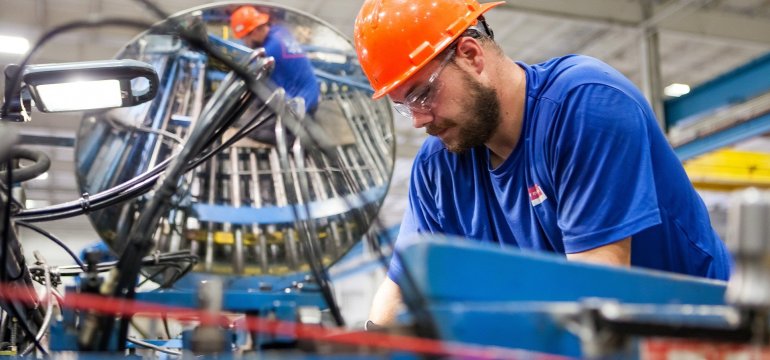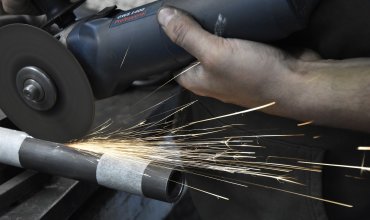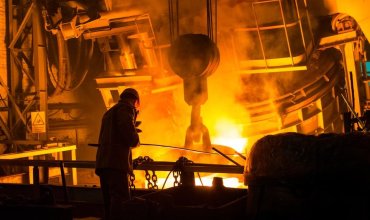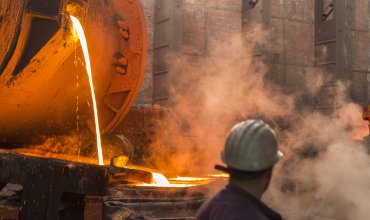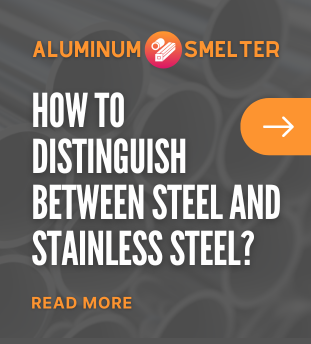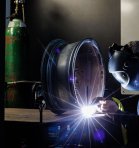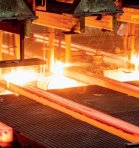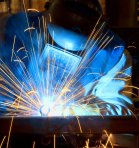The metals industry is one of the key sectors of the economy that plays a significant role in the technological and economic development of many countries, including Poland. The great importance of this industry is evident not only in the production of steel and other metals, but also in its impact on other industries, such as construction, automotive and energy.
In this article, we will discuss in detail various aspects of the metals industry, from its history and development in Poland, to the technologies used, to the impact on the economy and the challenges the sector faces. We will also look at the ecological significance and environmental challenges.
History and development of the metallurgical industry in Poland
The history of the metallurgical industry in Poland goes back hundreds of years. As early as the Middle Ages, the territory of today's Poland was home to the first ironworks and artisan workshops that used local raw materials and techniques to produce tools, weapons and objects of daily use. A significant moment in the history of the industry was the period of the Industrial Revolution in the 19th century, when metal production technology entered a new, higher level.
Early years: The Middle Ages and the Renaissance period
Early steel mills functioned mainly with wood as fuel. Iron was smelted in smokestacks, which allowed for relatively low temperatures, but was sufficient for the production of simple tools and weapons. Over time, these techniques were refined, and with new geological discoveries providing a variety of raw materials, metal production began to expand.
Booming during the Industrial Revolution
The turning point in the development of the metallurgical industry in Poland came in the 19th century, with the rapid development of metallurgical technologies, which in turn accelerated the industrialization of the country. The introduction of blast furnaces and coke as a new fuel made metal production more effective and efficient. Numerous steel mills were established during this period, which became the foundation of Poland's heavy industry.
The 20th century: a time of great modernization and challenges
In the 20th century, Poland' s metal industry went through numerous modernizations and structural changes. The post-war period of the 1940s and 1950s was a time of reconstruction and expansion of steel mills that had been largely destroyed during the war effort. The dynamic development of the sector continued in the 1970s and 1980s, when a number of modern technologies were introduced and production capacity increased.
A significant moment was the political transformation in the late 1980s and early 1990s, which brought numerous challenges to the Polish economy, including the metallurgical industry. Numerous restructurings, privatizations and adjustments to new market and competitive conditions were then necessary.
Technologies used in the metallurgical industry
The development of technology in the metallurgical industry has been a key factor in increasing production efficiency, reducing costs and improving the quality of manufactured products. Today's steel and other metal mills use advanced technologies that are based on modern chemical, thermal and mechanical processes.
Steelmaking: the cerce of the metallurgical industry
Steel production is one of the most important segments of the metallurgical industry. The process involves several key stages, including the production of pig iron, refining and forming steel into finished products.
The process of steel production
Blast furnace: This is where the first stage of steel production takes place, the smelting of iron pig iron from iron ore in the presence of coke and flux (lime). High temperature and suitable environmental conditions lead to the formation of molten iron, called pig iron.
Converter: In a converter, the process of converting pig iron into steel takes place. This is done by adding oxygen, which binds to the carbon present in the pig iron, leading to a cleaner product - steel.
Refining and casting: During this stage, the steel is further refined to remove unwanted impurities and adjust its chemical composition to meet specific requirements. The steel is then cast into semi-finished products (sheets, bars) that can be further processed.
Modern technologies in metal production
Today's metal industry uses a number of modern technologies that allow for more efficient and environmentally friendly production processes.
Electrometallurgy
One of the innovative ways of producing metals, including steel, is the use of electrometallurgical technology. These processes use electric furnaces that allow precise control of the temperature and chemical composition of smelted metals, thereby contributing to the efficient and environmentally friendly processing of raw materials.
Recycling techniques
An important element of the modern metallurgical industry is effective waste management and recycling. The metallurgical industry is one of the largest consumers of metal scrap, which reduces the need to exploit new deposits of raw materials and reduces the negative impact on the environment. Advanced scrap sorting and processing technologies make it possible to obtain high-quality steel from secondary materials.
Automation and digitization
Information technology is playing an increasingly important role in the metallurgical industry. The automation of production processes, the introduction of real-time monitoring systems and the use of artificial intelligence to optimize operations are examples of modern solutions that improve the efficiency and safety of work in steel mills.
The impact of the metallurgical industry on Poland's economy
Themetallurgical industry plays a key role in the Polish economy, being one of the foundations of heavy industry and a supplier of essential materials to many other sectors of the economy. Its impact is evident not only in macroeconomic indicators, but also at the local level, where steel mills and industrial plants are often the largest employers.
Generating jobs
One of the most important aspects of the metallurgical industry is its ability to create jobs. Metallurgical plants and companies related to metal production and processing employ thousands of workers in positions ranging from production workers to engineers to logistics and management specialists. The industry also contributes to the development of the service sector, which supports the operations of the steel mills (transportation, machinery servicing, etc.).
Impact on GDP and exports
The metallurgicalindustry has a significant impact on Poland's GDP. Metallurgical products are one of the main export items, which brings significant income to the country and has a positive impact on the trade balance. Polish steel mills and other metals are valued for their quality on international markets, which contributes to building a strong national brand in the global business environment.
Infrastructure development
Investments in the metallurgical industry also translate into infrastructure development. The construction and modernization of production facilities requires investments in roads, railroads, power grids and other technical infrastructure. These investments benefit not only those directly involved in the metallurgical industry, but also local communities, which gain better access to services and communications.
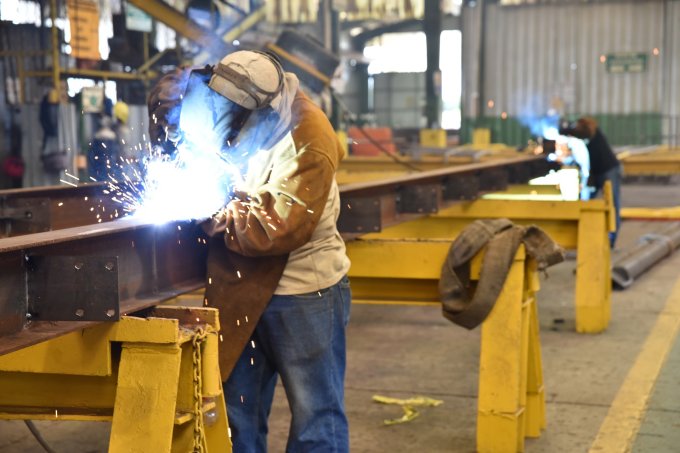
Challenges and the future of the metallurgical industry
The metallurgicalindustry faces a number of challenges, which are both related to dynamic changes in the global economy and the need to adapt to new environmental and technological requirements.
Global competition
One of the biggest challenges for the metals industry is intense global competition. Production of steel and other metals is now concentrated in several key regions of the world, such as China, India and the European Union. Polish steel mills have to compete with producers from these countries, who often enjoy concessions and government support, which puts them in a more favorable position.
Production costs
High energy and raw material costs pose another challenge for the Polish metal industry. Metal production is an energy-intensive process, and changing raw material and energy prices can significantly affect production costs and the profitability of metallurgical plants. Therefore, a key element of many companies' strategies is to invest in new technologies that reduce energy consumption and increase production efficiency.
New environmental regulations
Modern societies are becoming increasingly attentive to environmental issues, resulting in increasingly stringent environmental regulations. The metals industry has to adapt its operations to meet the requirements for CO2 emissions, waste management and conservation of natural resources. The implementation of green technologies and processes is therefore a key challenge, which at the same time creates opportunities for innovation.
The future: innovation and sustainability
Despite numerous challenges, the future of the metals industry appears promising. The development of new technologies, such as the use of hydrogen in steelmaking and re-synthesis, is opening up new opportunities for more efficient and environmentally friendly production. Sustainability is becoming central to many companies' strategies to attract new investment and increase competitiveness in the global market.
Environmental importance of the metals industry
Environmental protection is becoming a priority for many industries, including the metals industry. Increased attention to ecology is driven not only by regulations, but also by growing public awareness and pressure from consumers and investors.
Greenhouse gas emissions
The production of metals, particularly steel, is one of the main industries responsible for greenhouse gas emissions. Of particular importance here is carbon dioxide (CO2), which is produced during the smelting of iron from iron ore in the blast furnace process. Therefore, steel mills are working to implement technologies that reduce CO2 emissions, such as the introduction of electric furnaces and the use of alternative fuels.
Recycling and reuse of raw materials
Steel recycling is considered one of the most effective ways to reduce the negative environmental impact of the steel industry. Steel is a fully recyclable material, which means that it can be recycled many times without losing its properties. This process allows a significant reduction in the consumption of natural resources and waste.
Water and waste management
Metal production also involves high water consumption and the generation of industrial waste. Therefore, a key element of pro-environmental measures is the introduction of water management systems and effective waste management. Steel mills in Poland and around the world are investing in technologies that reduce water consumption and convert waste into secondary raw materials that can be reused in the production process.
Certifications and environmental standards
Many steel and metal producers are seeking various types of environmental certifications and awards that confirm their commitment to environmental protection. Standards such as ISO 14001, EMAS and other regional and international standards help companies implement and effectively manage environmental practices.
Summary
Themetals industry is an extremely important sector of the economy, influencing the development of many other industries and providing essential construction materials. Its historical significance, cutting-edge technologies, contribution to the economy and struggles with the challenges of the future make it a fascinating area for analysis.
The history of the metallurgical industry in Poland is one of constant development and adaptation to changing technological and economic conditions. Modern technologies, such as electrometallurgy and advanced recycling systems, are evidence of the sector's innovation and ability to adapt to new challenges.
Despite numerous challenges, such as global competition, production costs and environmental requirements, the outlook for the metals industry remains promising. Investment in new technologies and the pursuit of sustainability are key elements in the strategies of many companies that want to remain competitive in a rapidly changing environment.
Themetals industry also contributes to environmental protection through recycling, waste management and reducing greenhouse gas emissions. Today's environmental goals present not only a challenge, but also an opportunity to implement innovative solutions that will benefit both the economy and the environment.
In the final analysis, the metals industry is a sector full of dynamic change, innovation and strategic decisions that will shape its future for years to come. Pursuing a harmonious combination of economic growth and environmental protection is a challenge, but also an exciting path where many new opportunities can be discovered.


